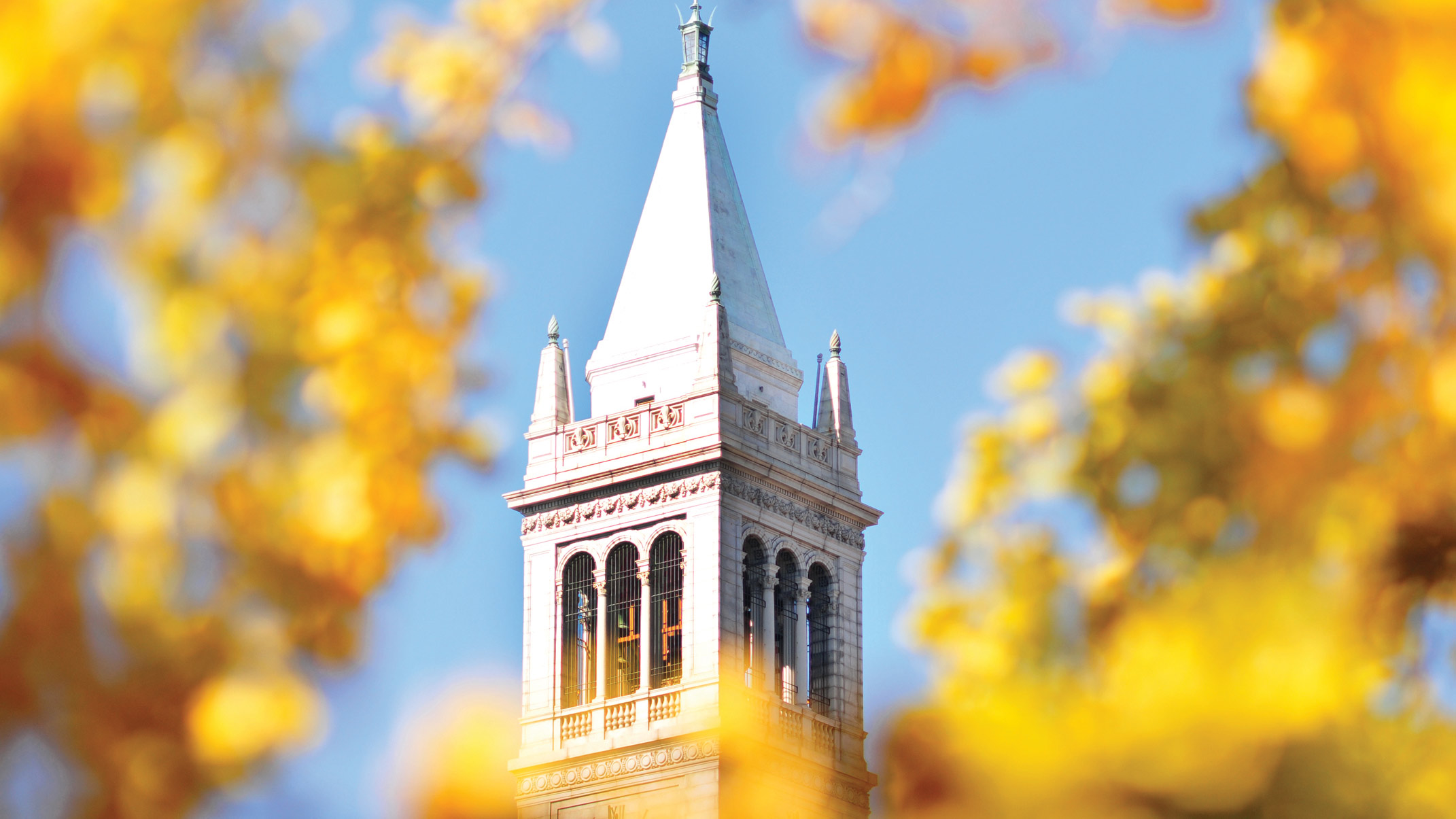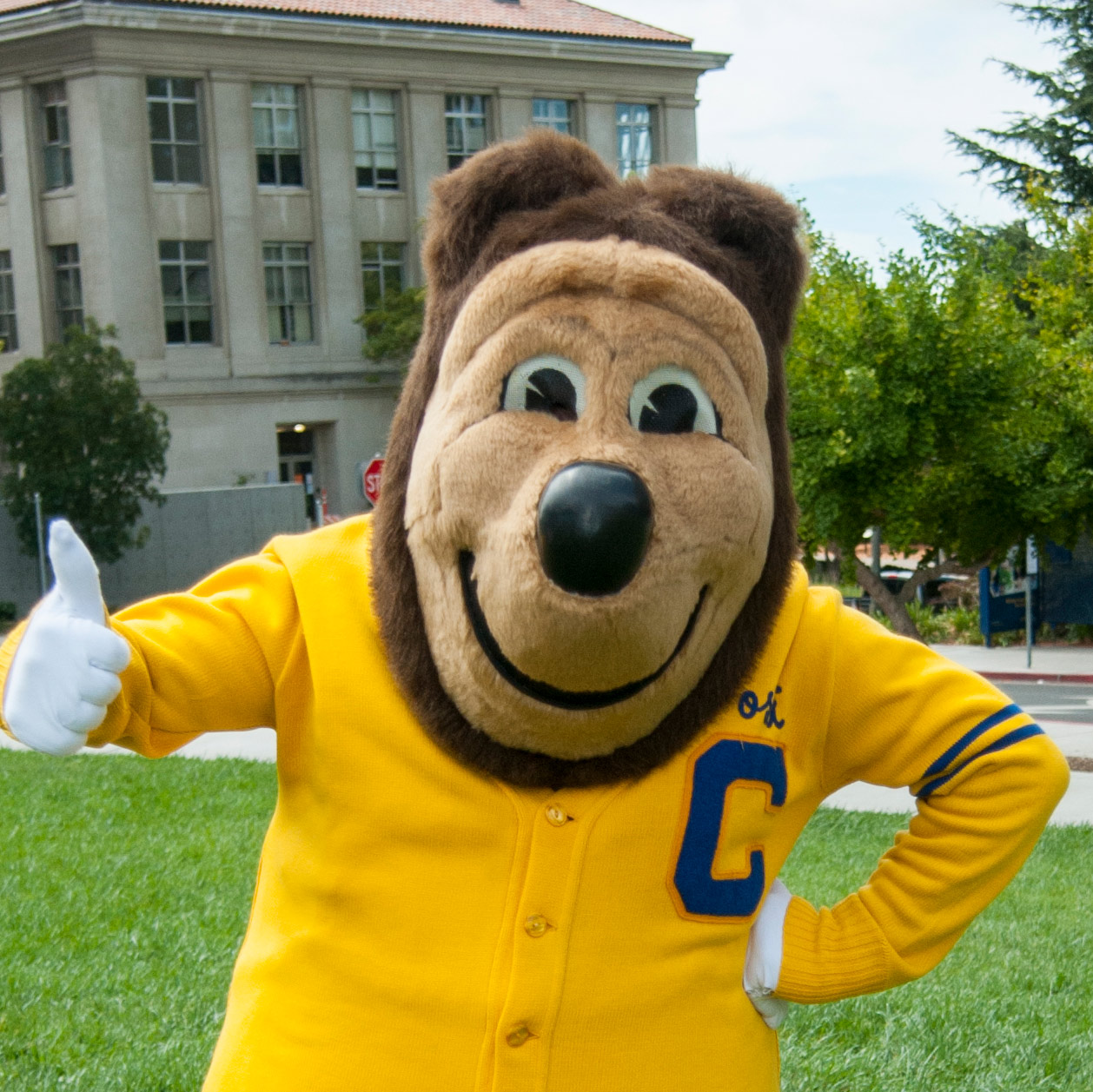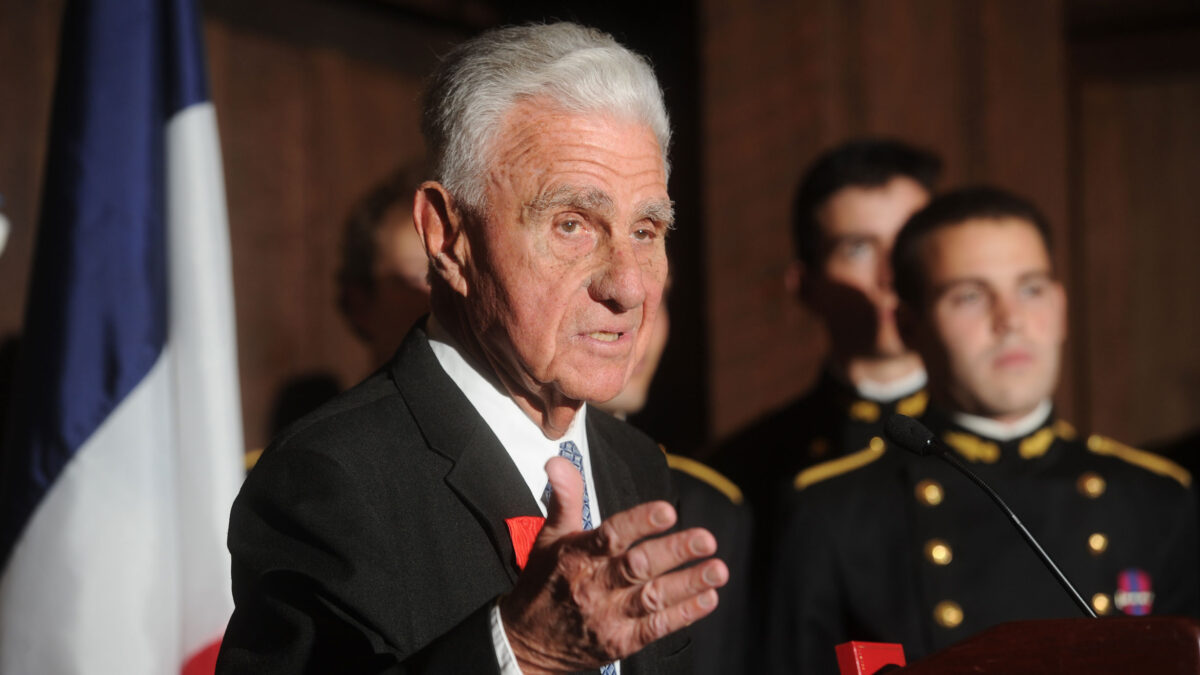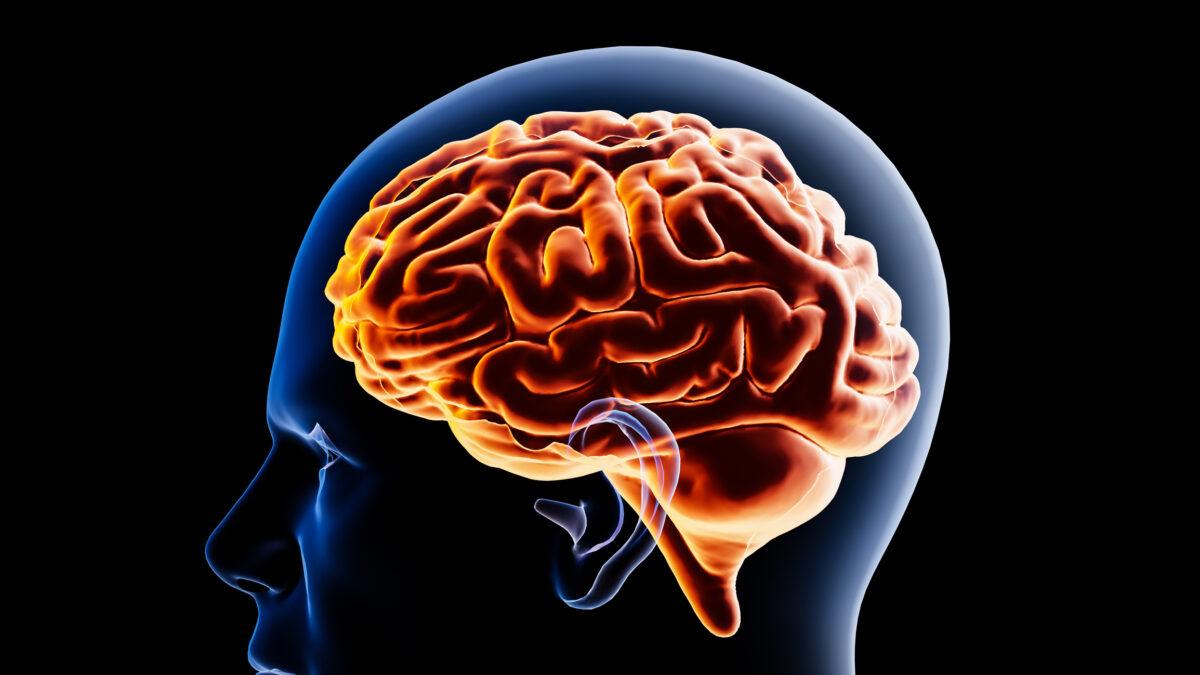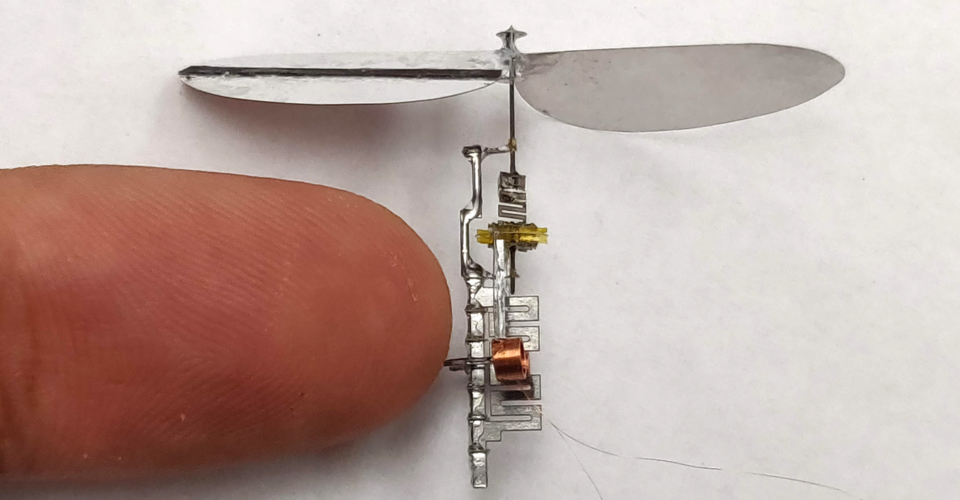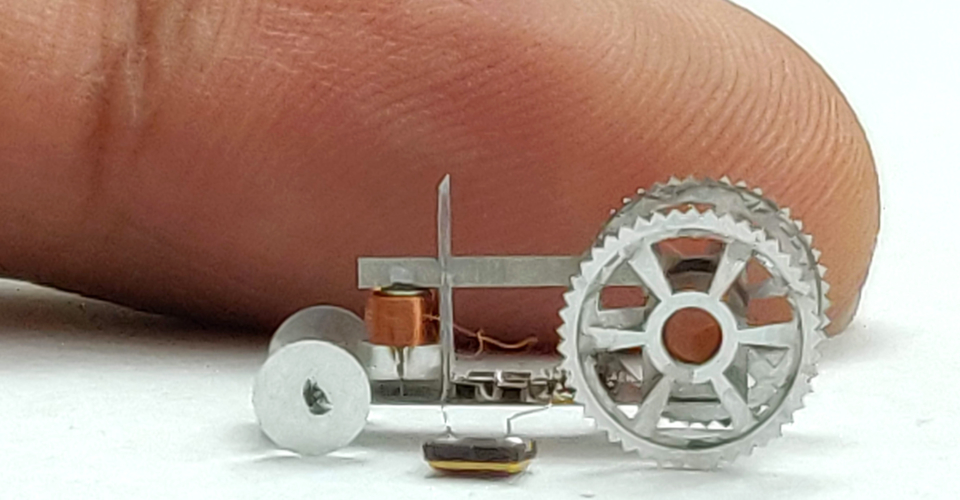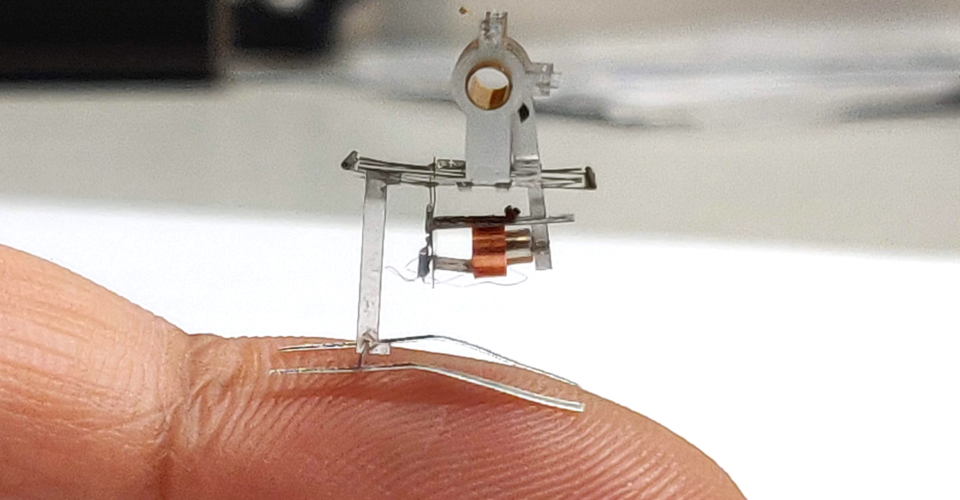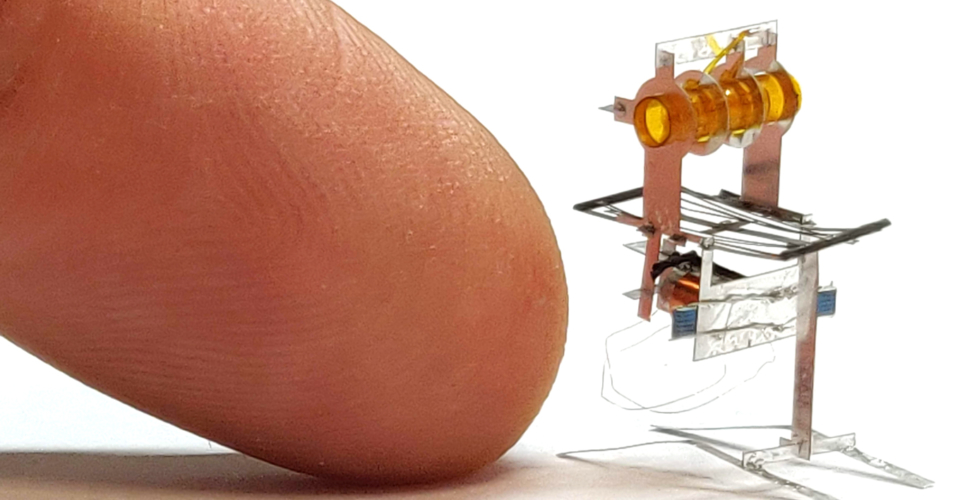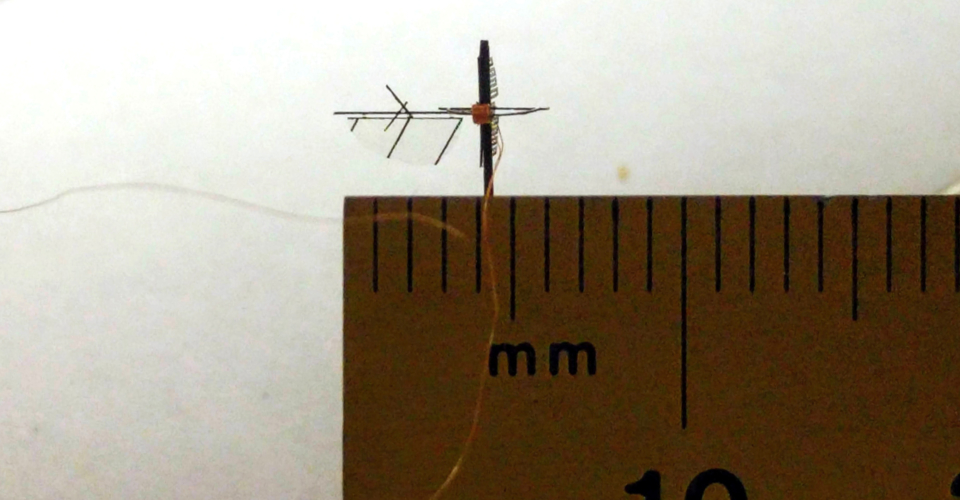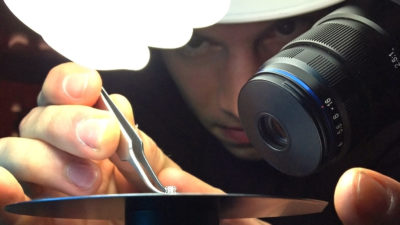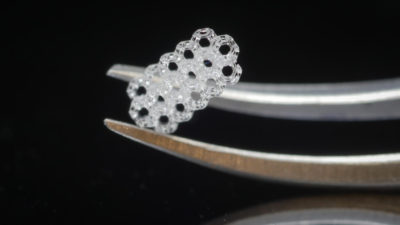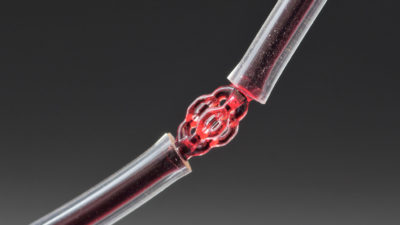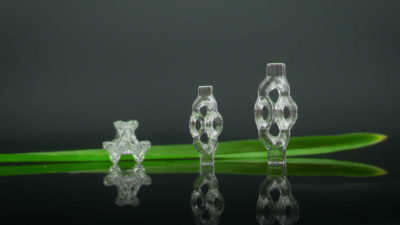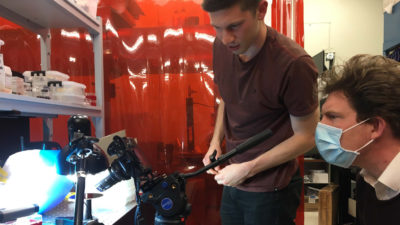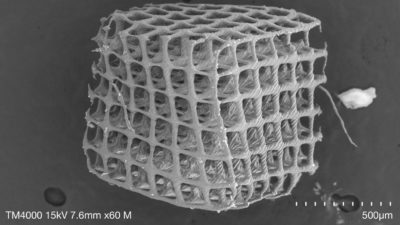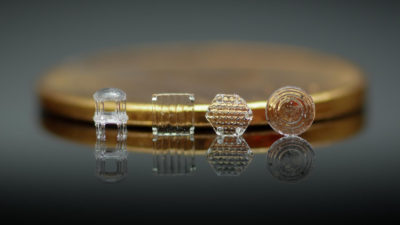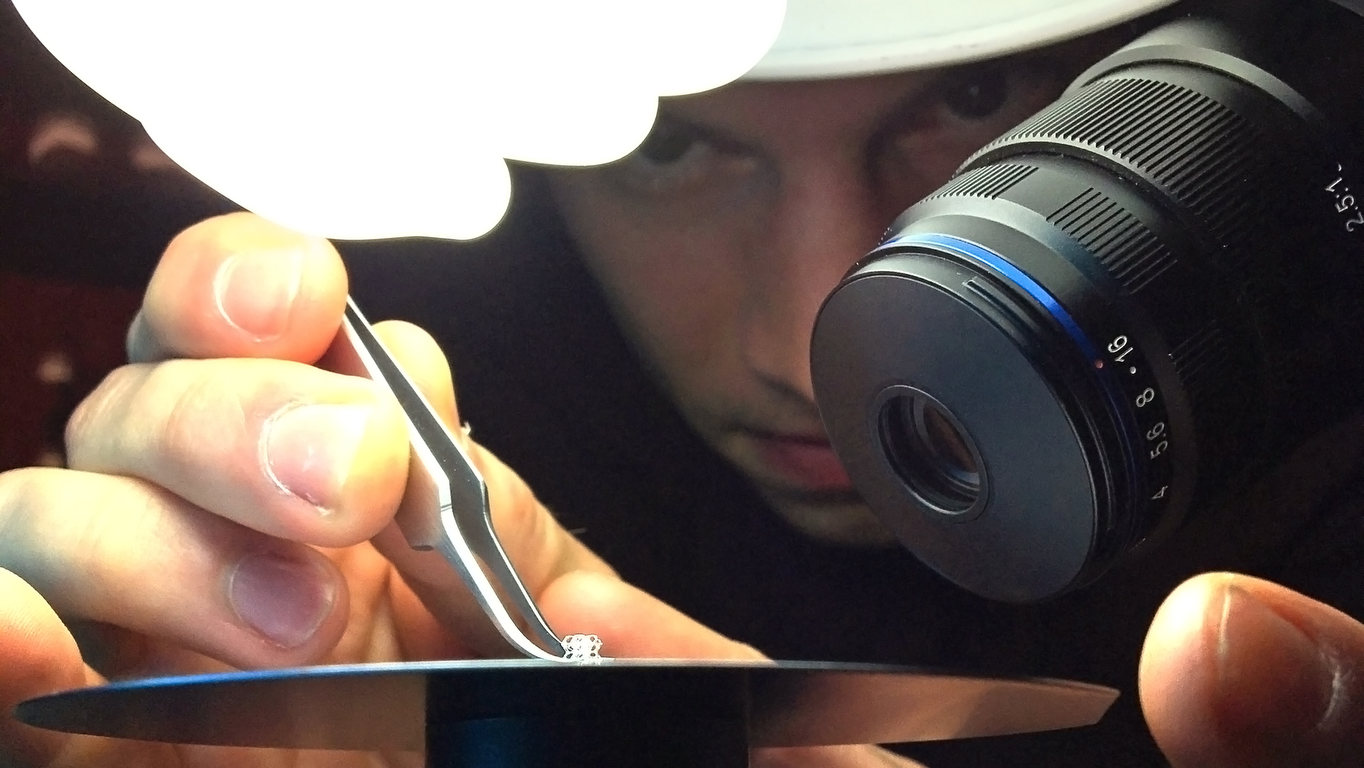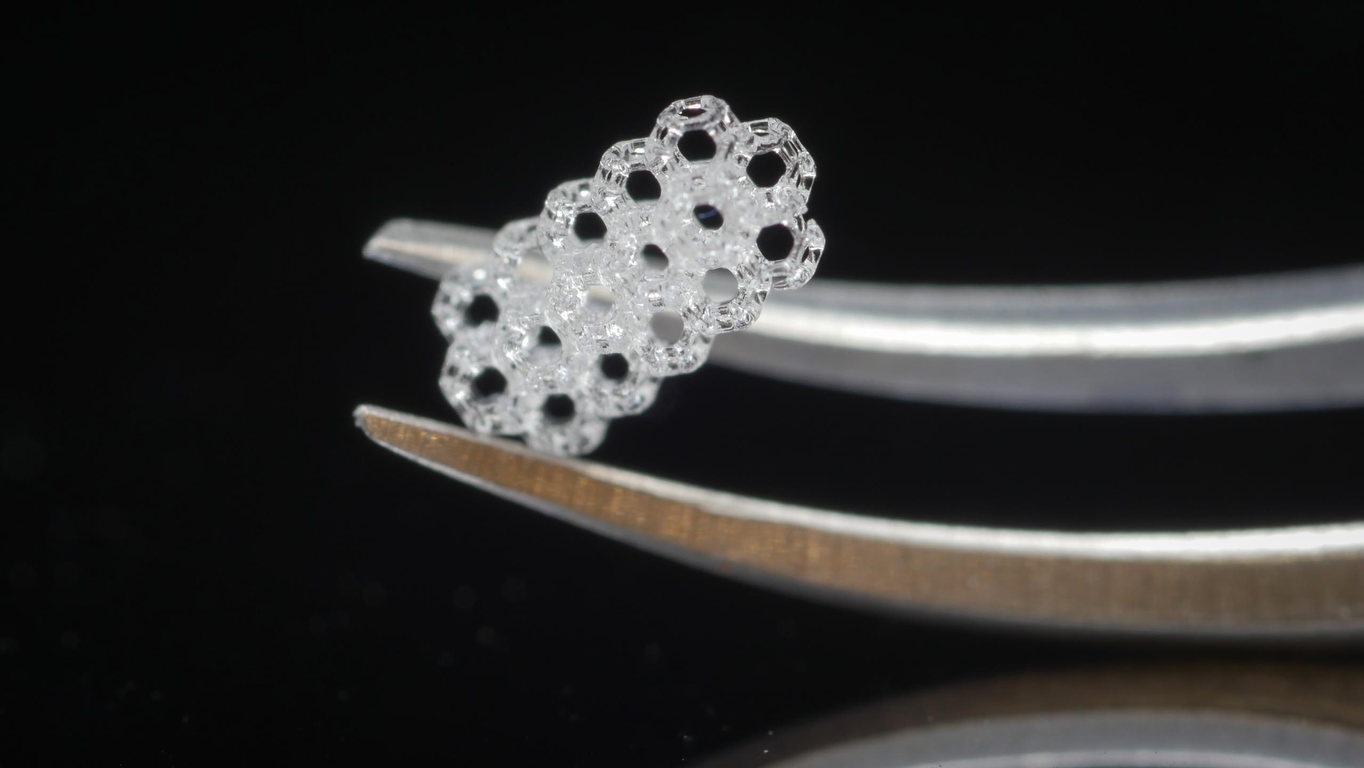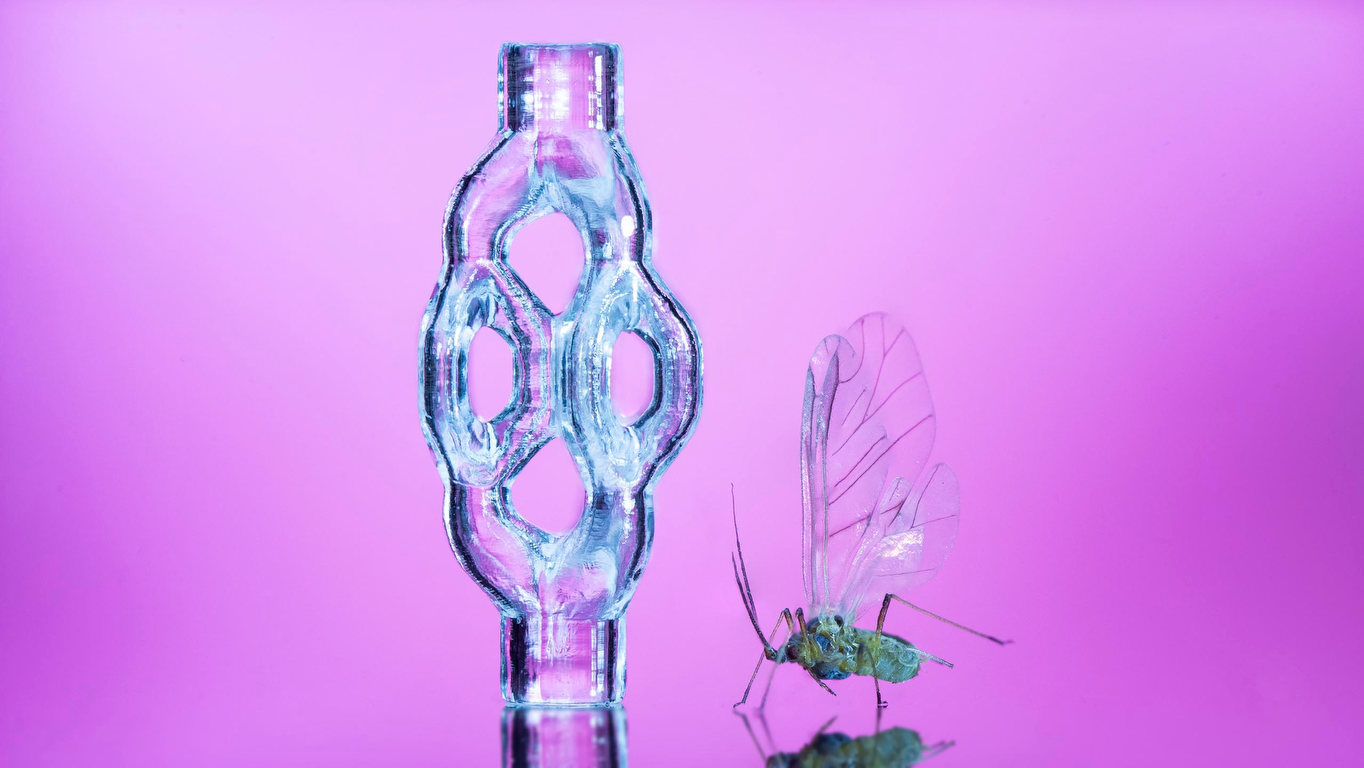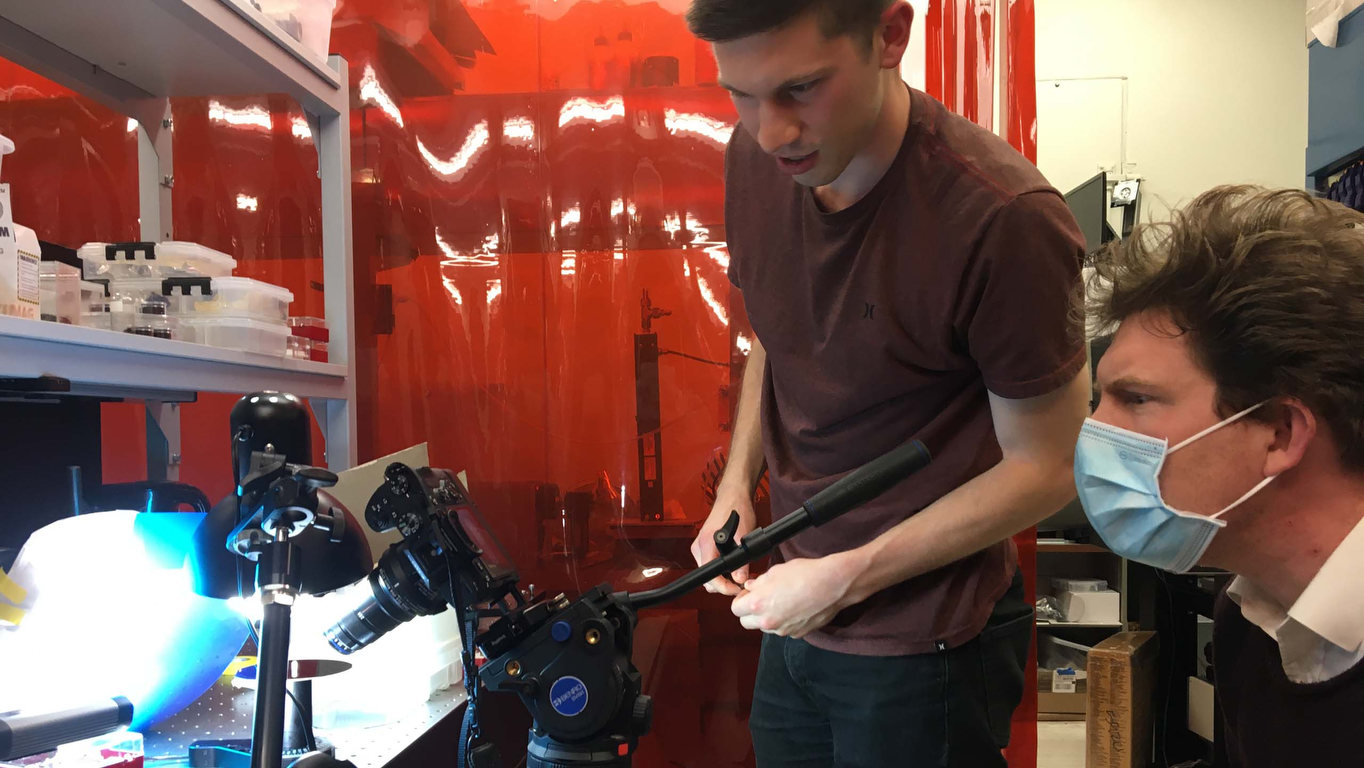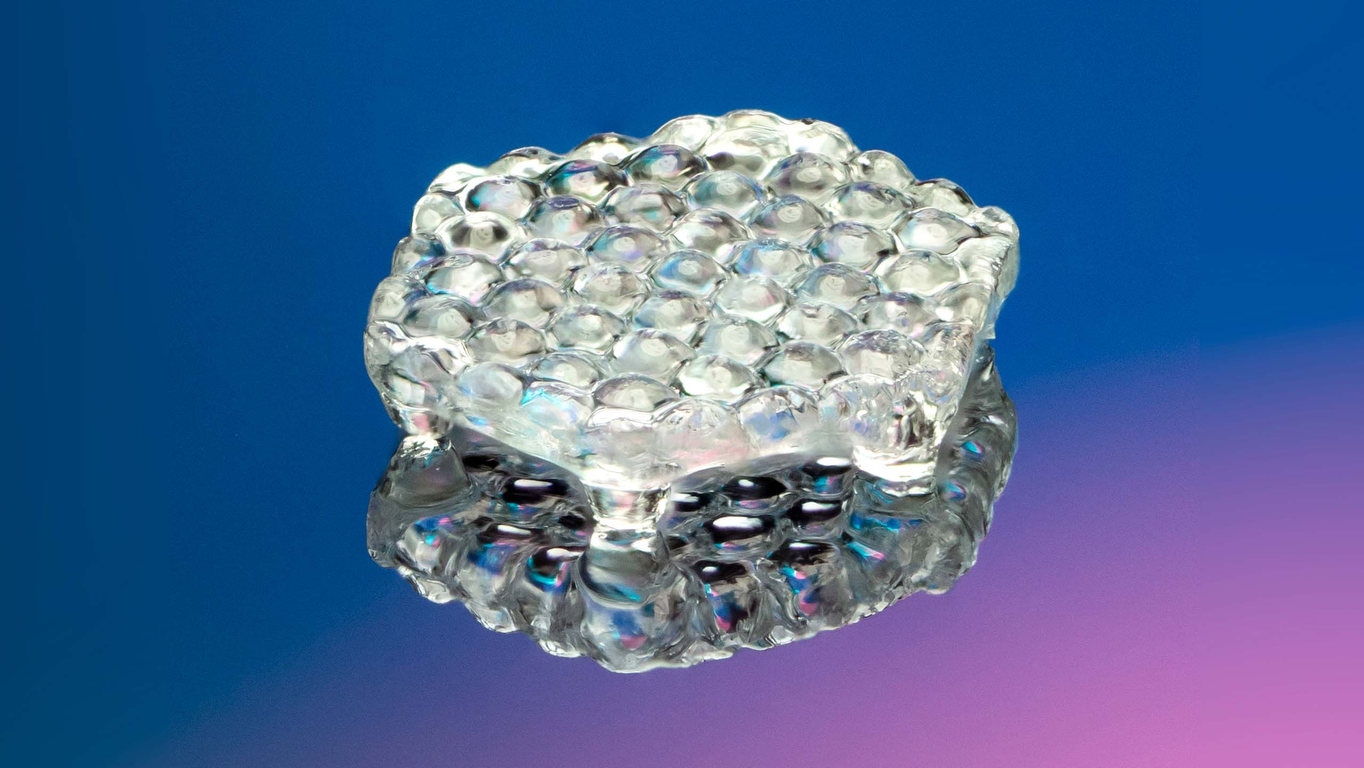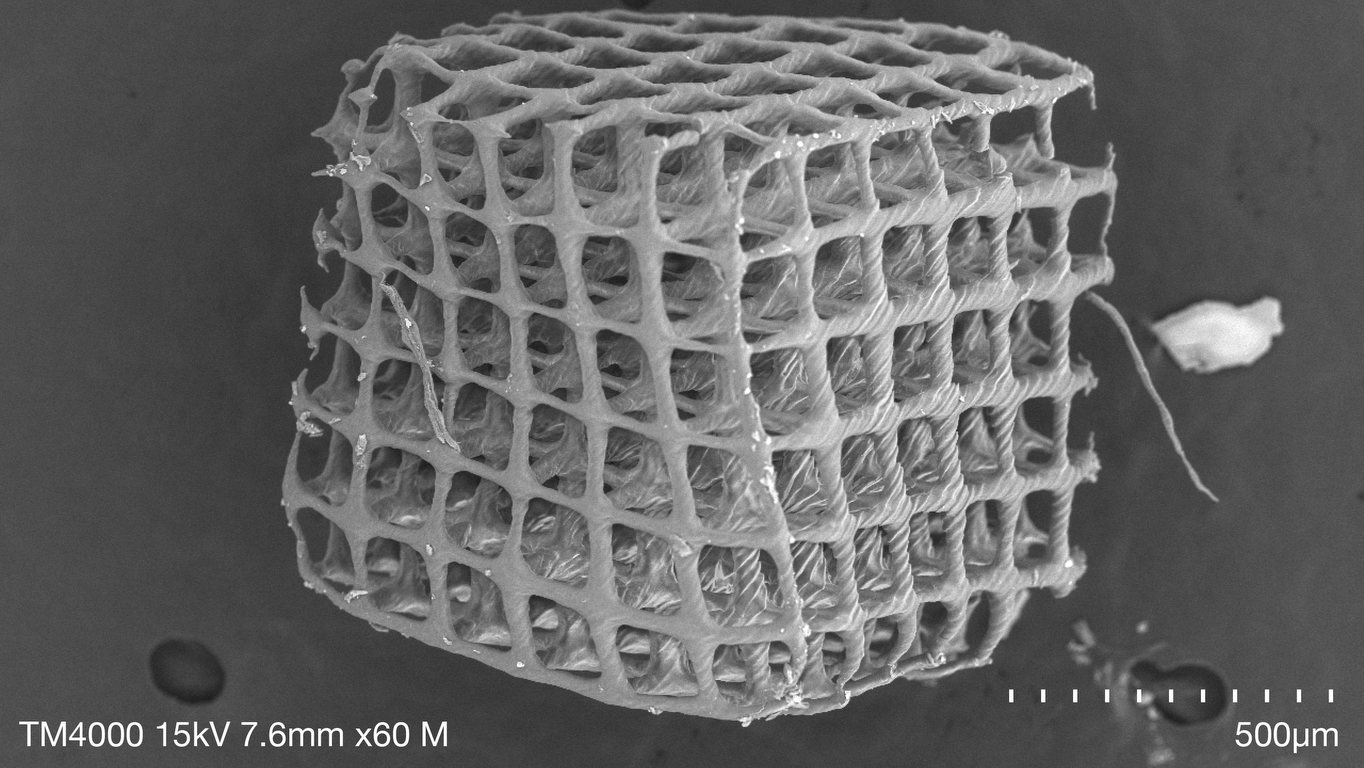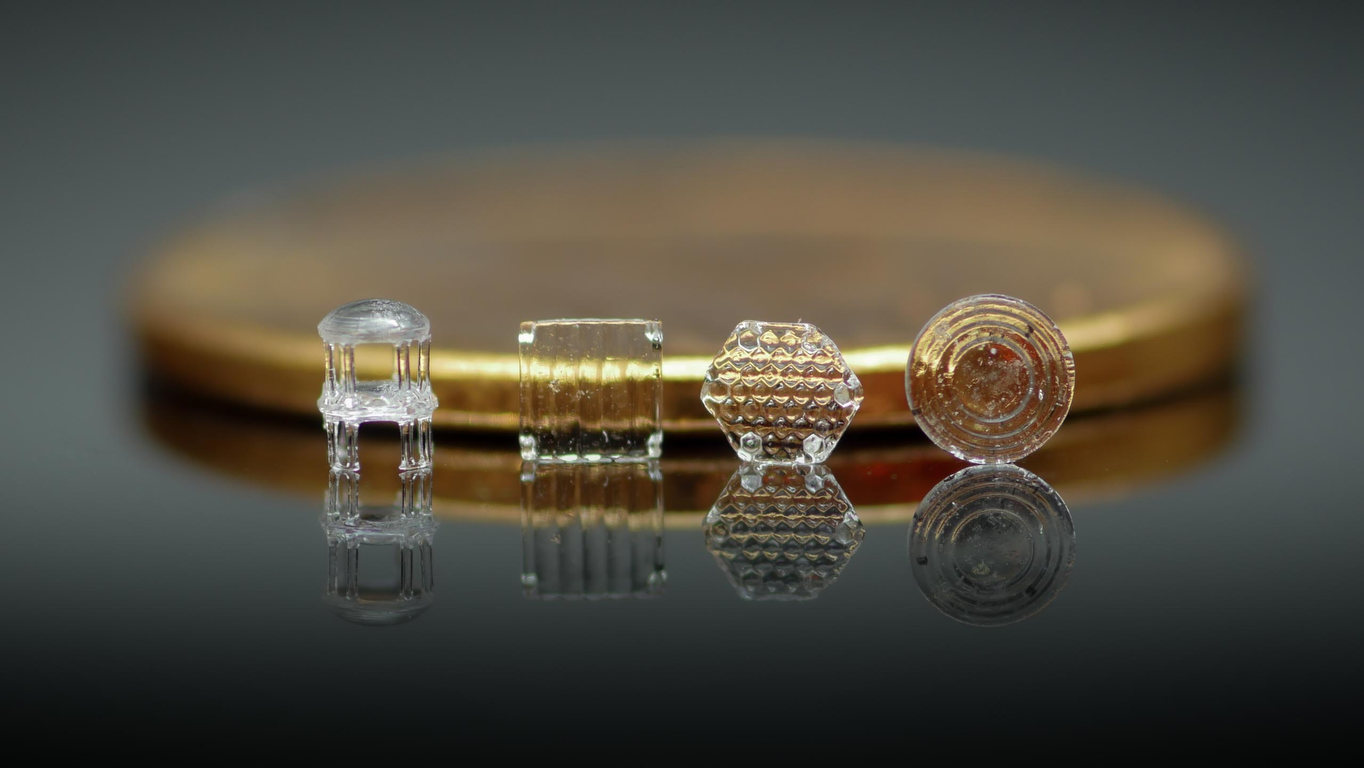Design elements library
The following Gutenberg blocks are available for creating advanced page designs. Many blocks contain additional customization options (backgrounds, hover effects, zooms, animations, etc.) as well as component elements that can be turned on or off (title, excerpt, image, etc.) on a per-use basis. Blocks can be used on their own, or in a row with one or more columns; widths of columns and standalone blocks are broadly adjustable. In addition to blocks, Gutenberg pages also can display a featured image/video/gallery above the title, just like Classic pages.
Advanced Text (Kadence)
Section title (H2 through H6)
Paragraph
Text, in individual paragraphs. Images, videos and other elements can be wrapped in on the left or right.
List
- Item 1
- Item 2
- Item 3
Row Layout (Kadence)
Column 1
Column 2
Column 3
Spacer/Divider (Kadence)
Advanced Button (Kadence)
Buttons (WP)
Accordion (Kadence)
Tabs (Kadence)
Each tab can contain any combination of blocks, including layout blocks that hold other content blocks. Through anchor tags, you can create URLs to link to and open a specific tab on a page.
Tables
Table Block (WP core)
| HEADER | COLUMN 1 | COLUMN 2 |
|---|---|---|
| Stuff | 456 | 789 |
| Other stuff | 2,000 | 3,000 |
| Still more stuff | 4.56 | 0.789 |
Advanced Table block (PP), sortable via Table Sorter plugin
Header | Column 1 | Column 2 |
|---|---|---|
| Data | 345 | 678 |
| Big data | 1,445 | 2,001 |
| Data bits | 3.21 | 0.00005 |
Events (from Campus Calendar feed)
Gravity Forms
Gravity Forms demo
Info Box (Kadence)
Icon option
Lorem ipsum dolor sit amet, consectetur adipiscing elit. Aenean diam dolor, accumsan sed rutrum vel, dapibus et leo.

Image option
Lorem ipsum dolor sit amet, consectetur adipiscing elit. Aenean diam dolor, accumsan sed rutrum vel, dapibus et leo.
Testimonial (Kadence)
Image Overlay + Modal link (both Kadence)
Icon List (Kadence)
Icon (Kadence)
Countdown (Kadence)
Count Up (Kadence)
Post Grid/Carousel (Kadence)
(in grid, masonry or slider layouts)
George Leitmann, renowned academic leader, decorated WWII veteran, dies at 99
New MRI method offers deeper insight into brain physiology
Split Content (Kadence)

Title for split block
Any kind(s) of content block can be used in this section
Modal (Kadence)
Icon factoid (pattern)
Video (ARVE)
Audio
Image gallery
Kadence Advanced Gallery
 Anne Mayoral, Girls in Engineering program director, center, prepares activity kits for curbside pickup by camp participants and parents on Saturday, June 13. (Photo by Adam Lau/Berkeley Engineering)
Anne Mayoral, Girls in Engineering program director, center, prepares activity kits for curbside pickup by camp participants and parents on Saturday, June 13. (Photo by Adam Lau/Berkeley Engineering) Girls in Engineering staff prepare activity kits for curbside pickup by camp participants and parents on Saturday, June 13. (Photo by Adam Lau/Berkeley Engineering)
Girls in Engineering staff prepare activity kits for curbside pickup by camp participants and parents on Saturday, June 13. (Photo by Adam Lau/Berkeley Engineering) Chris Myers, CITRIS Invention Lab manager, leads a hands-on, building activity for Girls in Engineering summer campers via Zoom on Tuesday, June 16. (Photo by Adam Lau/Berkeley Engineering)
Chris Myers, CITRIS Invention Lab manager, leads a hands-on, building activity for Girls in Engineering summer campers via Zoom on Tuesday, June 16. (Photo by Adam Lau/Berkeley Engineering) Chris Myers, CITRIS Invention Lab manager, teaches Girls in Engineering campers how to build cardboard prosthetic hands via Zoom on Tuesday, June 16. (Photo by Adam Lau/Berkeley Engineering)
Chris Myers, CITRIS Invention Lab manager, teaches Girls in Engineering campers how to build cardboard prosthetic hands via Zoom on Tuesday, June 16. (Photo by Adam Lau/Berkeley Engineering) Anne Mayoral, Girls in Engineering program director, chats with campers via Zoom outside American Steel Studios in Oakland on July 14. (Photo by Adam Lau/Berkeley Engineering)
Anne Mayoral, Girls in Engineering program director, chats with campers via Zoom outside American Steel Studios in Oakland on July 14. (Photo by Adam Lau/Berkeley Engineering)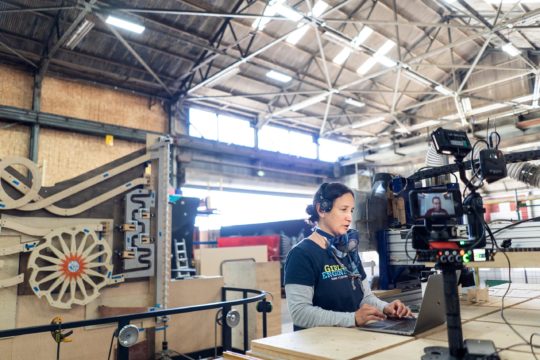 Anne Mayoral, Girls in Engineering program director, hosts campers on a live Zoom tour inside American Steel Studios in Oakland on July 14. (Photo by Adam Lau/Berkeley Engineering)
Anne Mayoral, Girls in Engineering program director, hosts campers on a live Zoom tour inside American Steel Studios in Oakland on July 14. (Photo by Adam Lau/Berkeley Engineering)
Image slider
Soliloquy
Kadence Advanced Slider
Kadence Advanced Gallery (carousel)
